Politics
These Are the World's Most Unsolvable International Conflicts
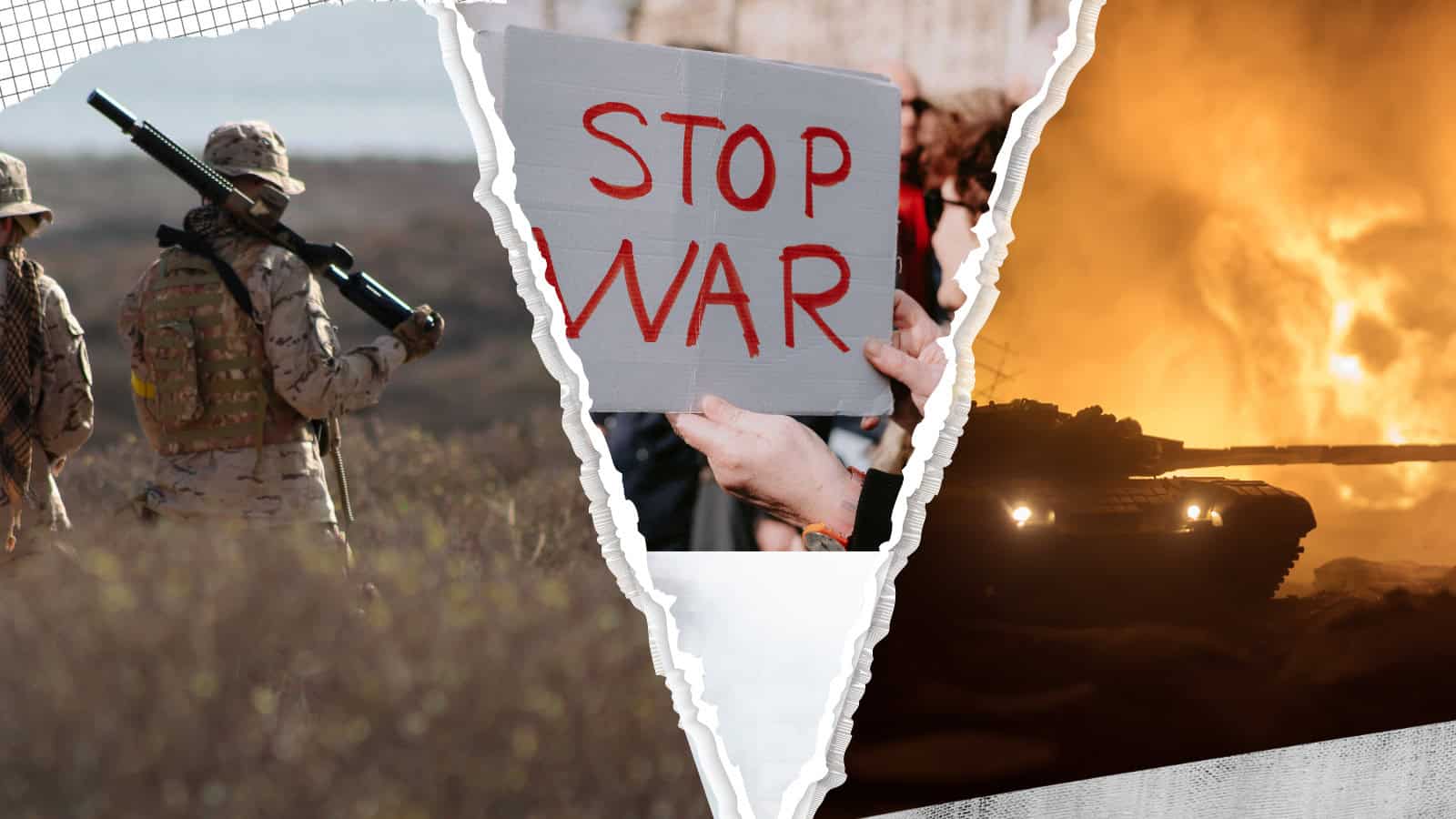
Published:
Last Updated:

It might seem like the world is rife with war, but in historical perspective, we are living through one of the most peaceful periods in human history. Nonetheless, there’s always the real danger that a small conflict could spiral into a humanity-ending catastrophe. Here’s a primer on the planet’s most stubborn conflicts, why they’re so difficult to resolve, and how the United States is involved in them.
24/7 Wall St. Insights

The Indian subcontinent was a British colony until 1947, when it was partitioned into independent Pakistan (Islamic) and India (mainly Hindu). The status of the northern province of Kashmir was left unsettled and became an unresolved source of conflict. India and Pakistan have fought three full-scale wars and frequent smaller armed conflicts since independence. Both are now nuclear-armed.
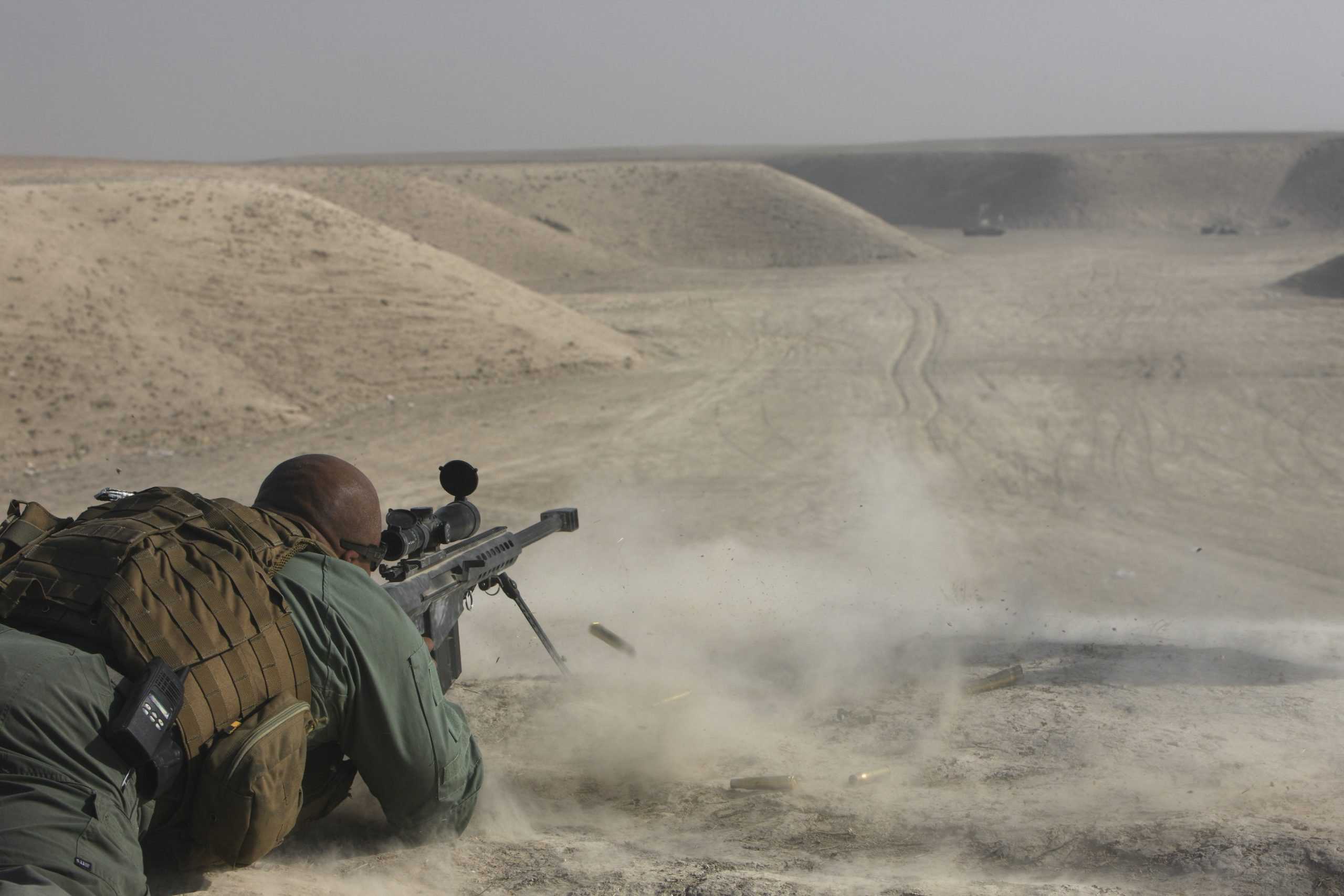
The United States has intervened diplomatically to try to ease tensions. Pakistan has been a sometimes-ally of the United States in the War on Terror but has raised ire by becoming a haven for Osama Bin Laden and other terrorists. Pakistan borders Afghanistan and Iran, two countries the U.S. is keen to keep contained.
As the world’s most populous country and one of the strongest regional powers, India is the more valuable ally for the United States geopolitically. The Americans have worked to increase arms sales and military cooperation with India. However, India is notoriously independent-minded and tries to maintain a balance in its relations with the United States and Russia. This makes them unpredictable as a defense partner.
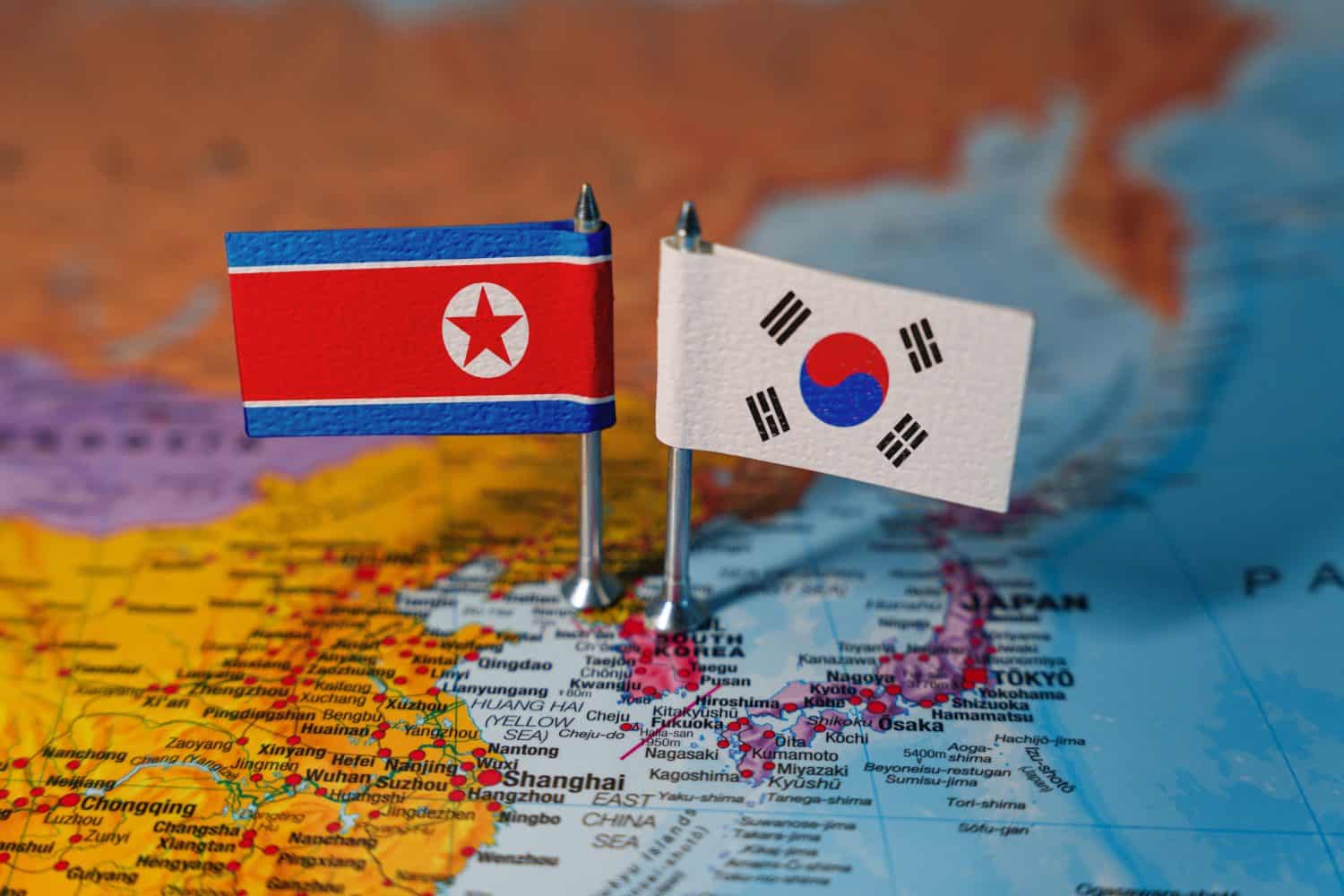
Korea was a Japanese colony until the end of World War II when it was divided between a communist North and a western-aligned South. North Korea has developed nuclear weapons and one of the world’s largest standing armies to back up its ambitions to take over the South and rule a united peninsula.

From 1950-53, the U.S. and its allies fought a brutal war to turn back a North Korean invasion of the South. This conflict drew in China and could have resulted in a superpower conflict. About 25,000 American troops remain to deter another North Korean attack. The long-term game for the U.S. seems to be to wait for the oppressive dictatorship of the North to collapse from internal problems.

Under the leadership of Mao Zedong, communists took over mainland China in 1949 but were unable to cross the Formosa Strait to take control of the Chinese island of Taiwan. Nationalist forces formed their own government there but did not formally declare independence, as they hoped to retake control of all of China one day. Both sides have armed themselves heavily for potential war.

Successive U.S. administrations have been coy about their stance on Taiwan. While officially recognizing the People’s Republic of China, the Americans have maintained a close relationship with Taiwan. This has included deeply intertwined trade, technological cooperation, and major arms sales. As China has pressed its territorial claims in the South China Sea and increased its military capabilities, the U.S. has made more forceful statements of its intention to defend Taiwan from attack. The multiple layers of ambiguity in this problem increase the danger of unintentional escalation.

Iran was known in ancient times as Persia. The Persian people are ethnically distinct from Arabs and have historically vied with them for regional hegemony. Today, Iran, Saudi Arabia, and Israel are locked in a 3-way competition that plays out through regional proxies in Yemen, Iraq, Syria, Lebanon, and Palestine.
Iran is developing its nuclear technology capabilities, which are widely thought to be a stepping stone to a nuclear weapons program. Israel already has hundreds of nukes, and Saudi Arabia was the funding source behind Pakistan’s nuclear weapons development. It’s thought that their arrangement would give Saudi Arabia access to some Pakistani nuclear weaponry on demand if a crisis demanded it.
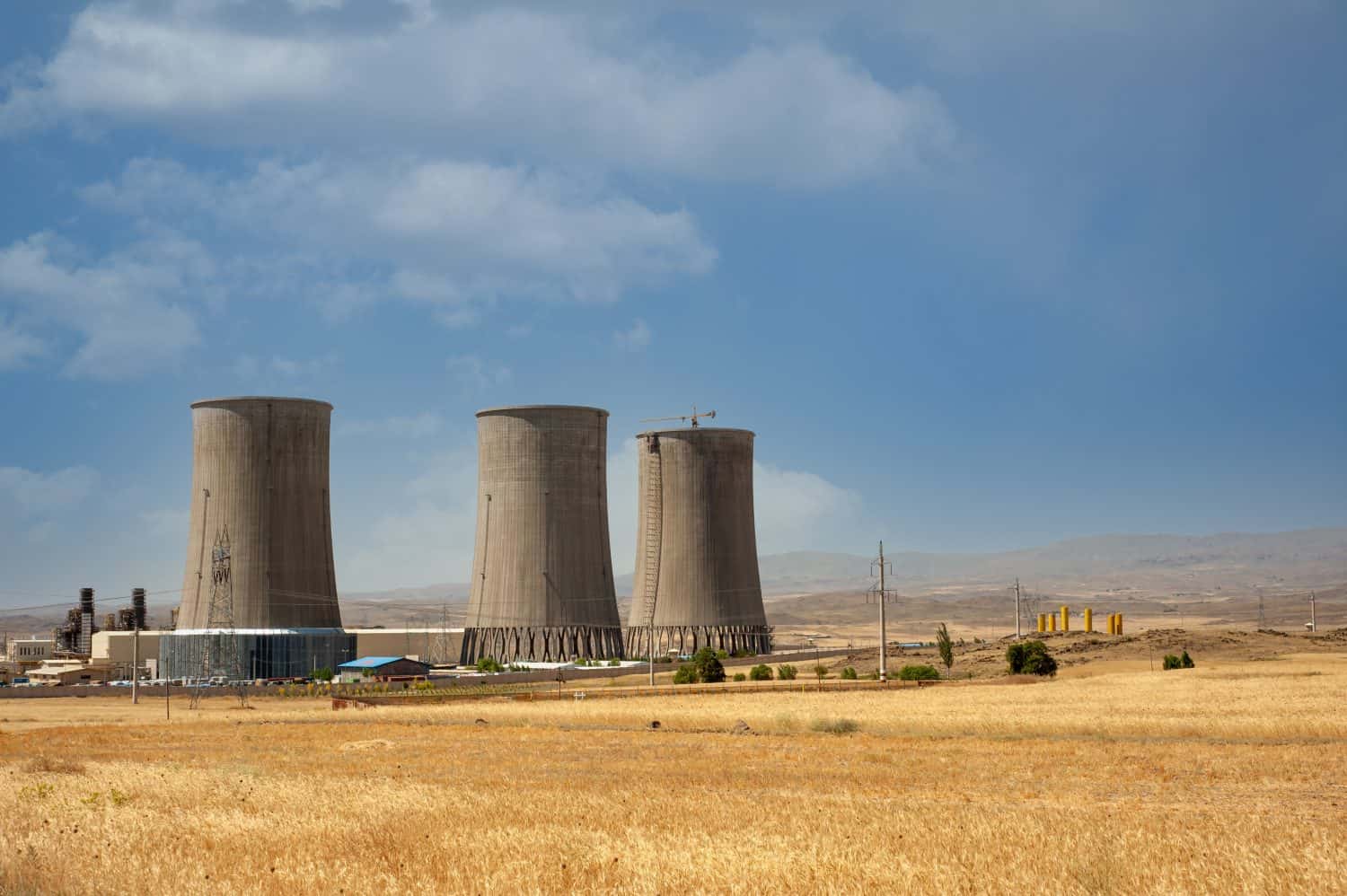
The United States and Iran were allied after World War II until the Iranian revolution of 1979 brought an Islamic fundamentalist government to power. Iran took Americans hostage for over a year and began to sow chaos in the Persian Gulf and around the region by arming and training terrorists. The U.S. became involved in naval clashes with Iran in the 1980s and the two countries from time have seemed on the brink of war.
The most significant concern for the U.S. and regional countries is the potential of an Iranian nuclear weapon. Not only might Iran use one directly to attack Israel or one of its Arab rivals, it could also pass a weapon on to a terrorist group. It’s quite possible if it seems Iran is on the verge of a nuclear breakthrough that the U.S., Israel, and other allies might carry out airstrikes or even insert ground forces to prevent them from developing a working weapon.
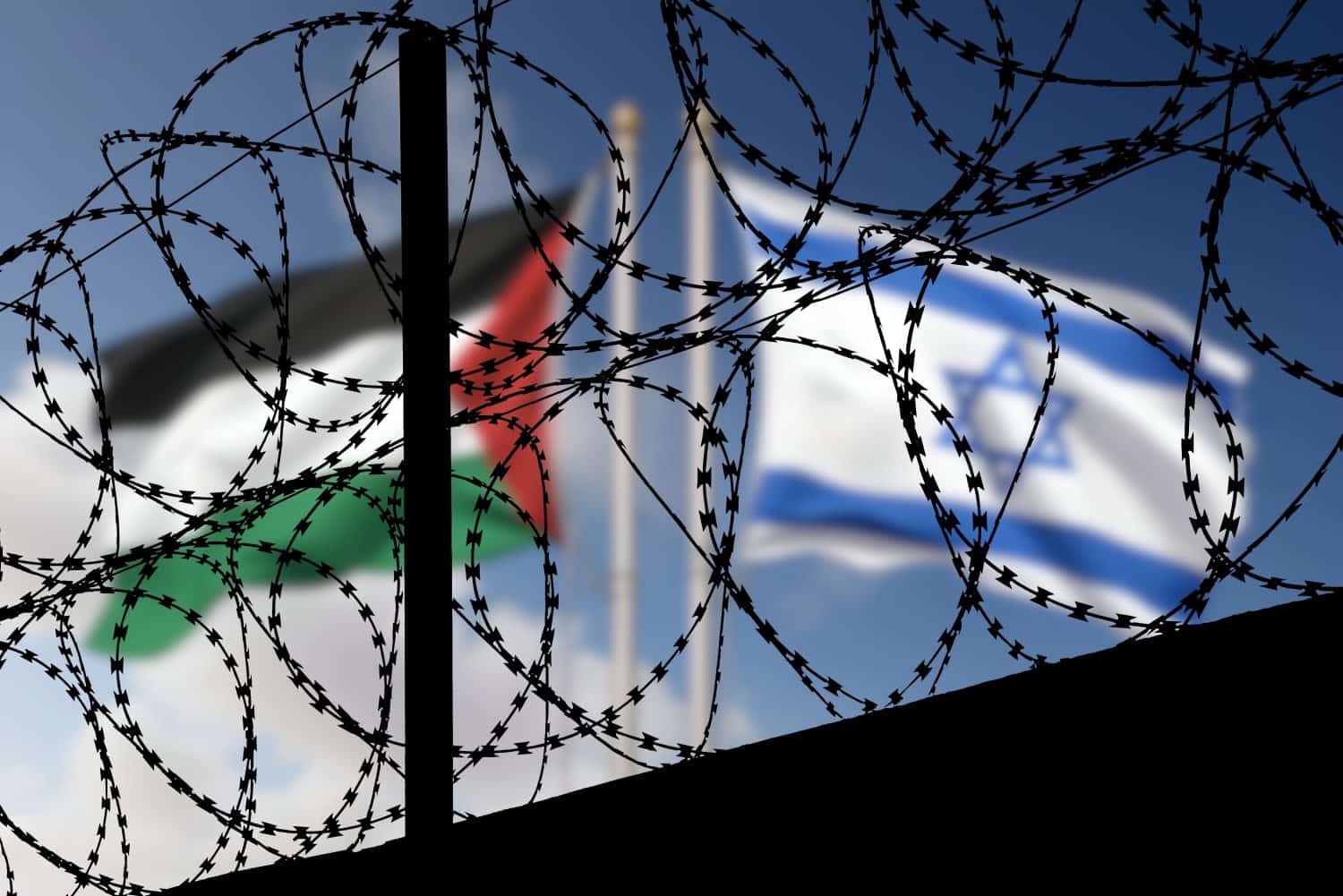
The area that is today Israel was a part of the Ottoman Empire until the British took it over at the end of World War I. Jewish settlers had begun buying land and relocating there in the 19th century. Cultural and religious differences led to frequent clashes with the local population. In the lead-up to the Second World War, authorities made conflicting promises to the Arab and Jewish populations to win their support and keep them quiet during the war. After the war, the United Nations tried to resolve the situation by designating separate Jewish and Palestinian homelands within the country.
When Israel declared independence in 1948 several Arab countries attacked in an unsuccessful bid to take the region over as an Arab state. Arab-Israeli wars occurred again in 1956, 1967, 1973, 1982 as well as neverending conflict within Israel and the Arab territories it occupies. In response to a devastating 2023 terrorist attack Israel has conducted a violent military campaign in Gaza that is now spreading to southern Lebanon in a bid to rescue hostages and dismantle terrorist organizations and infrastructure.

The United States is closely involved in this conflict for several reasons. Horror over the Holocaust increased support for a Jewish homeland. Much of America’s large evangelical Christian population attaches spiritual significance to Israel and the Jewish people. Millions of Americans have visited Israel or have family there. Democratic, with a free-market economy, and Westernized, Israel aligns with American cultural distinctives. Geopolitically, it is in a strategic location near the confluence of Europe, Asia, and Africa—a perfect location for American power projection.
The United States has provided extensive financial, military, and technological support to Israel to put it in a commanding position over its enemies. In 1973 President Nixon raised the nuclear defcon alert level to warn the Soviet Union not to get involved in Israel’s war with Egypt. The U.S. has vetoed UN resolutions that would have put pressure on Israel to reach a settlement with the Palestinians. American presidents have all taken a stab at solving the conflict and have helped Israel negotiate peace settlements with several of its regional rivals.
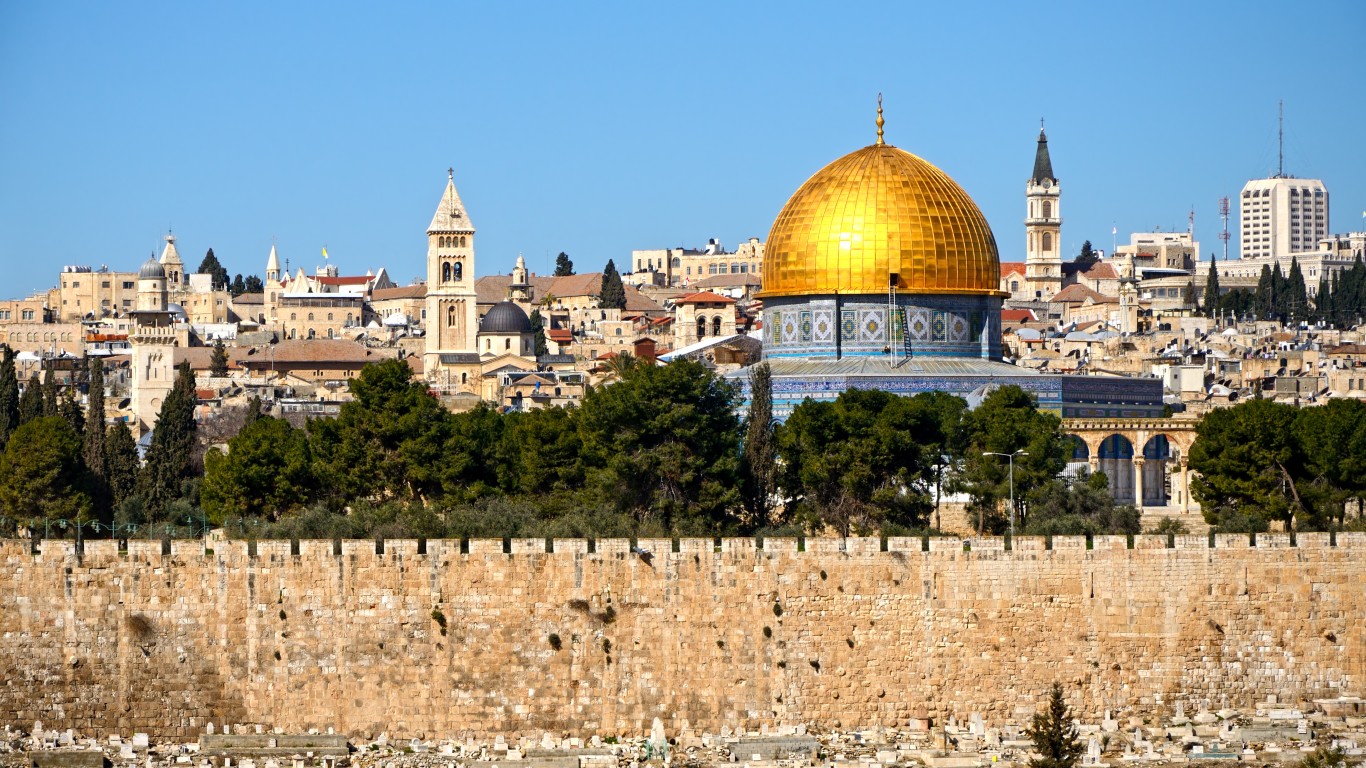
The main plan suggested internationally for solving the conflict is for Israel to withdraw from the West Bank and Gaza Strip and for an independent Palestinian state to take control of those territories. This has always stumbled over security questions, though, as Israel reserves the right to intervene to protect its citizens and interests. Moreover, Israeli settlers have moved into many of the occupied territories and are protected behind a massive wall the country has built across the West Bank. This seems to signal Israel’s intention to keep those areas permanently. Whenever progress is made in negotiations, acts of violence on one side or the other cause them to break down.
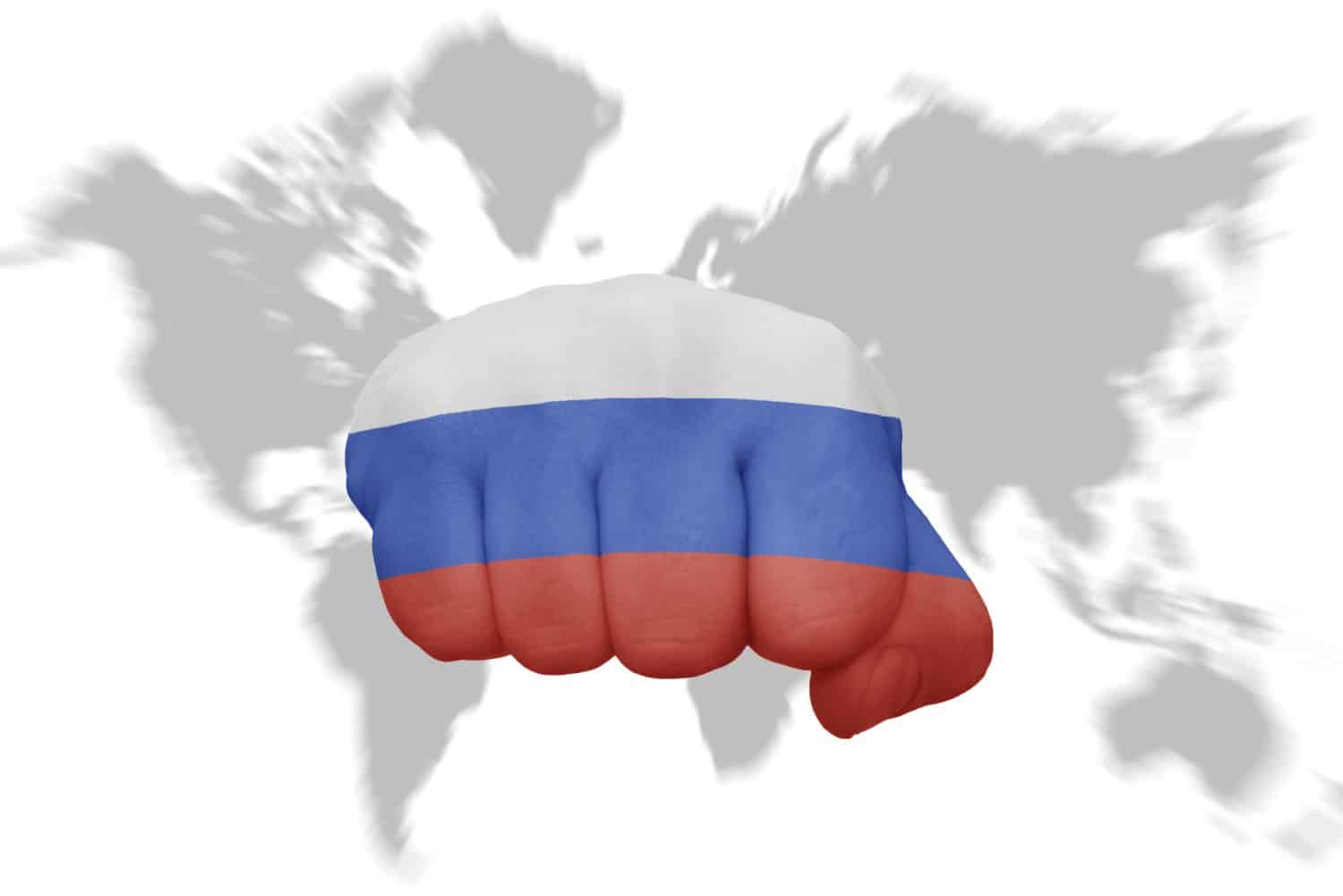
Russia has some geographic problems that make it a perpetual source of conflict in the world. Although it is the world’s largest country by land area, most of it is thinly populated due to its brutally cold winters. Russia has very few ports that don’t freeze over in the winter, which is an obstacle to trade and national defense. In Europe, it is situated on a vast plain stretching from northern France to the Ural Mountains. With few natural borders such as mountains to enhance defense, Russia has been invaded multiple times by other European powers.
Having lost millions of people and nearly been conquered by Nazi Germany, after World War II the Soviet Union took control of Eastern Europe as a buffer zone. As its power increased, the communist government began exporting revolution around the world and fighting proxy wars with the United States in places like Korea, Vietnam, the Middle East, and the Caribbean. After the collapse of communism and the breakup of the Soviet Union, Russia is now trying to reassert itself in its former territories, like Ukraine, to widespread international condemnation.

The United States and its NATO allies provided assistance to Russia after its collapse but also expanded their alliance into Eastern Europe. The Russians fear Ukraine will also join NATO and the EU and represent an existential threat to Russia’s security. The West opposes the Russian invasion on the principle of upholding international law, respecting countries’ free right to enter agreements without interference, and humanitarian concern for the suffering of Ukrainian civilians.
The U.S. has led the world in imposing stringent economic sanctions on Russia and providing increasingly advanced armaments to Ukraine. Most recently, restrictions on the use of those armaments are being lifted so that Ukraine can carry out strikes deep within Russia itself. Russia has implied in the past that it would consider using tactical nuclear weapons in the conflict. In response, leaks to the press indicated the U.S. might then enter the conflict with conventional airstrikes to sink the Russian Black Sea Fleet and drive their ground troops out of Ukraine. Of all the conflicts considered in this article, this one is the most dangerous in terms of its ability to precipitate a global conflict.
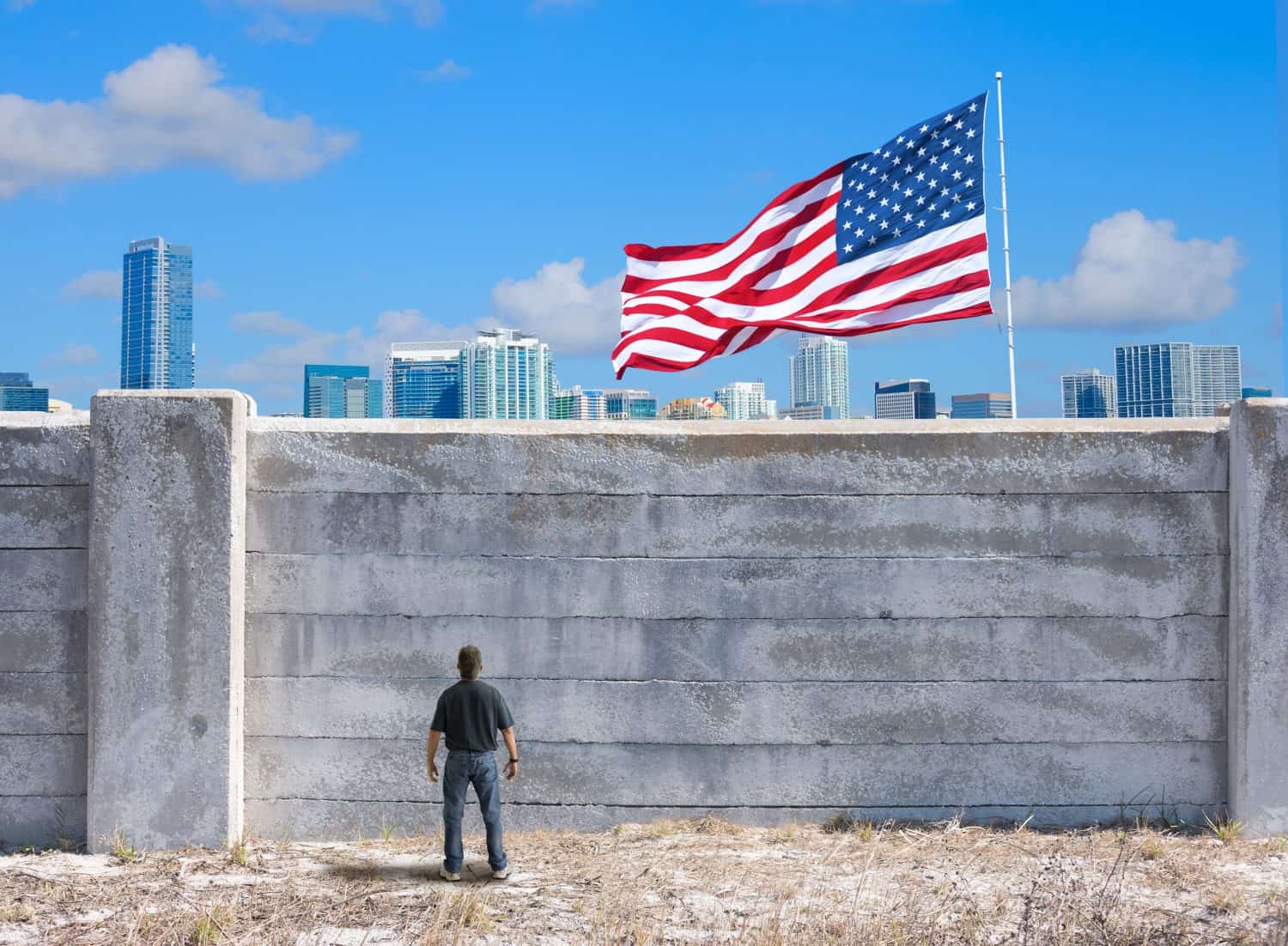
Considering all these conflicts, it might be tempting to say the United States should just withdraw into its shell and take care of its business at home instead of getting involved in other people’s problems. This was the approach the country took in the lead-up to World War I and II. In both cases, the lesson learned was that if the U.S. doesn’t take a preemptive approach, overseas conflicts can grow to the point that the country is dragged in with little choice. Moreover, the world economy is more intertwined than ever today. American prosperity depends on free access to foreign markets, not only to buy our exports but to provide imports that give Americans more choices of products at affordable prices. If international trade were disrupted by overseas wars or unchecked activities of our rivals, our country’s standard of living would drop precipitously.
Thus, in most of these cases of international conflict, the United States deploys military power as a deterrent to discourage other countries from attacking us or our allies. This approach helped prevent direct war with the Russians for a century. American military planners hope the same will be true in other world hotspots. Although we would love to solve them, we might have to settle for just managing them instead.
The thought of burdening your family with a financial disaster is most Americans’ nightmare. However, recent studies show that over 100 million Americans still don’t have proper life insurance in the event they pass away.
Life insurance can bring peace of mind – ensuring your loved ones are safeguarded against unforeseen expenses and debts. With premiums often lower than expected and a variety of plans tailored to different life stages and health conditions, securing a policy is more accessible than ever.
A quick, no-obligation quote can provide valuable insight into what’s available and what might best suit your family’s needs. Life insurance is a simple step you can take today to help secure peace of mind for your loved ones tomorrow.
Click here to learn how to get a quote in just a few minutes.
Thank you for reading! Have some feedback for us?
Contact the 24/7 Wall St. editorial team.